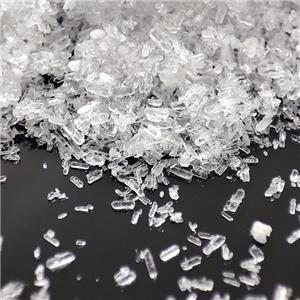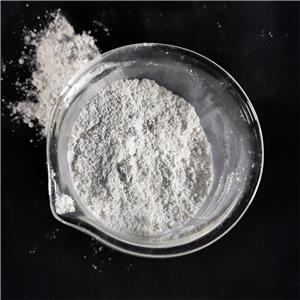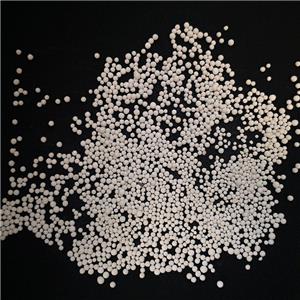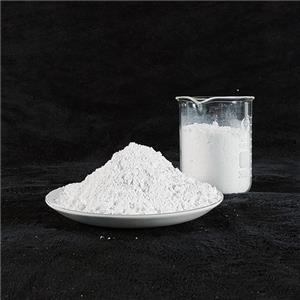How to Choose Magnesium Oxide: A Comprehensive and Practical Purchasing Guide-2
4. Calcium Content (CaO) and Other Impurities
How to choose:
High calcium content can affect the stability and performance of the product, especially in high-end applications (e.g., silicon steel coatings), and must be strictly controlled.
Be sure to pay attention to heavy metal content (such as lead, arsenic, cadmium), especially when used in pharmaceuticals, food, and feed, where it must comply with relevant national standards.
5. Whiteness
How to choose:
If you are producing white or light-colored rubber and plastic products, you need to choose magnesium oxide with high whiteness (usually requiring whiteness > 92%) to avoid affecting the product's appearance.
6. Hydration Resistance
How to choose:
For products used outdoors or in humid environments (e.g., refractory materials, electrical ceramics), it is essential to choose magnesium oxide that has been dead-burned at high temperatures and has strong hydration resistance to ensure long-term product stability.
Step 3: Choose a Reliable Supplier and Brand
Qualifications and Certifications: If used for pharmaceuticals or food, the supplier must possess a Drug Manufacturing License (GMP) or Food Production License (SC). Request the supplier to provide a COA (Certificate of Analysis) and MSDS (Material Safety Data Sheet).
Brand and Reputation: Choose brands with a good reputation in the industry and a stable production history. Domestic examples include Liaoning Rongyuan, Shandong Magnesium Mine, etc. There are also well-known foreign brands that can be selected based on budget and needs.
Technical Support: Excellent suppliers can provide professional technical support and recommend the most suitable product model based on your specific needs.
Step 4: Sample Testing and Small-Batch Trial
Before deciding on bulk procurement, it is highly recommended to first request samples for testing.
Laboratory Testing: Verify the sample's key indicators such as purity, iodine adsorption value, and particle size yourself or through a third-party testing agency to see if they match the COA provided by the supplier.
Application Performance Testing: Introduce the sample into your actual production process for a small-scale trial, observing its effect in practical application (e.g., dispersibility, reaction speed, impact on final product performance).




